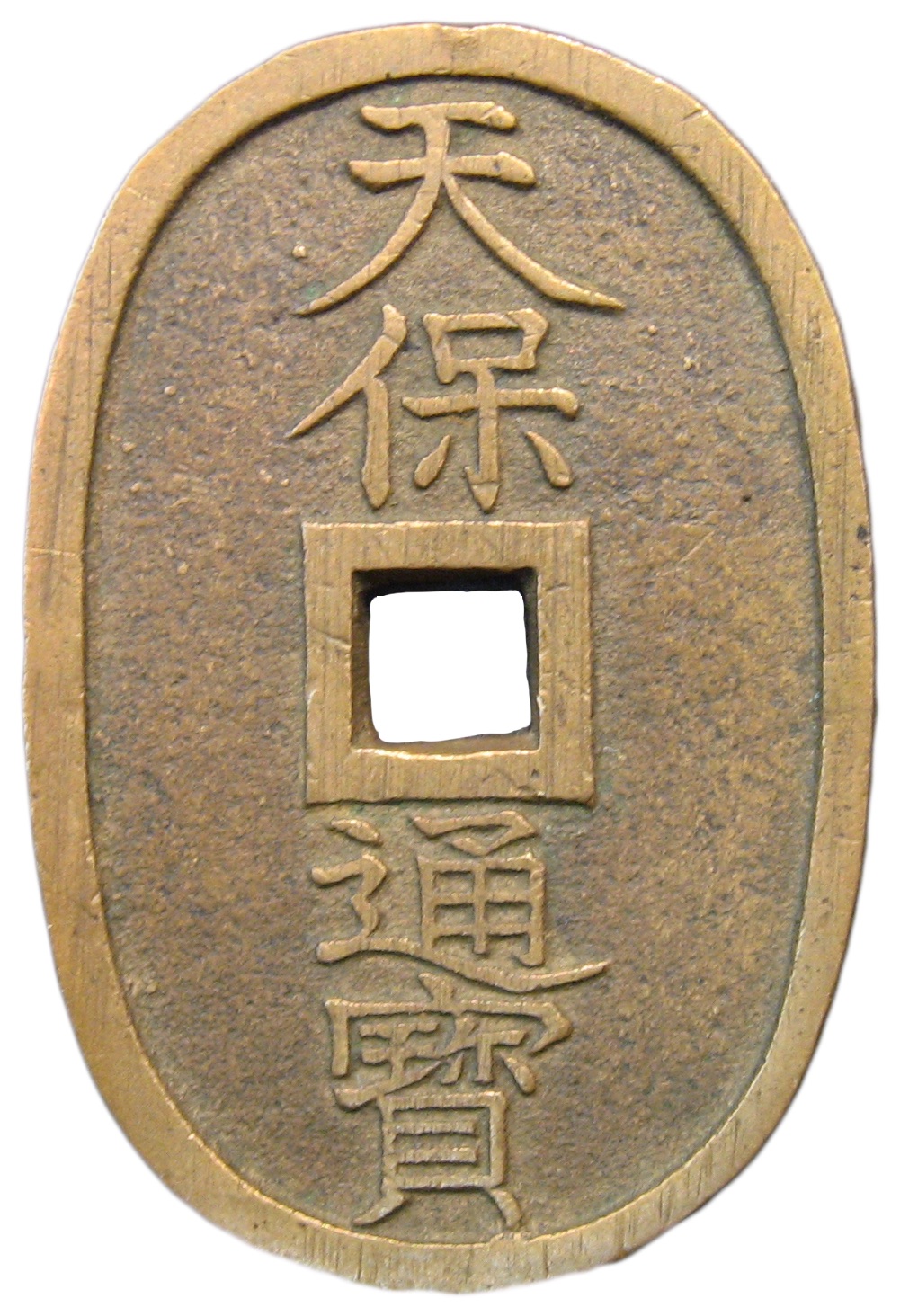There must be many many business owners or freelancers in Japan who are surprised how much consumption tax they have to pay in these months. I was surprised how expense it can be.
Because the tax rate was raised from 5% to 8% in April 2014, these months are about the time we business owners have to pay consumption tax with higher rate.
You will become a consumption tax payer automatically if your revenue in two years ago was more than 10 million yen. You do not have to do anything with the tax office. They will register you as a consumption tax payer based on your revenue recorded in their database.
For consumption tax, you have two options to choose in terms of how to calculate the amount you must pay. The first one, the “standard” method, you must figure the exact amount of consumption tax received in sales and consumption tax paid in expenses. You then pay, or receive as a refund, the net of the two numbers. This can be even beneficial if most of your income is from exports because you may be able to claim “refund” instead of having to pay the tax. It is because you do not receive consumption tax from your customers while you pay consumption tax for domestic expenses. In the standard method, what you have to pay is the difference between what you receive and what you pay as consumption tax. If the difference turns out to be negative, you will be able to claim refund.
In the second method, the “simplified” method, you instead only figure out the amount of consumption tax received in sales, then deduct a flat, government-decided percentage of that amount based on the industry to determine the amount payable. The rate is between 50% (service industry) and 90% (wholesalers). The actual amount of consumption tax you paid in expenses become irrelevant, so this is handy for companies whose majority of its expenses are human related cost such as salaries.
Here is a quick example:
Retailer A, makes 10 million sales in domestic (Japanese) market. They have 7 million in expenses, of which 2 million is consumption taxable (the other 5 M is salaries, which is not subject to consumption tax).
If this company (or individual) uses the standard method, they will have 800,000 yen as consumption tax received and 160,000 of consumption tax paid, meaning a net 640,000 yen is payable.
If they choose to use the simplified method, they have 800,000 yen as consumption tax received, and 80% (the rate for retailers) of that amount they will be automatically deductible, meaning its net 160,000 is payable.
It will make huge difference in what you will have to pay by submitting only a form of paper to choose which method to use for consumption tax calculation. I recommend you give a consideration once.
We will be happy to consult the matter with you any time.
